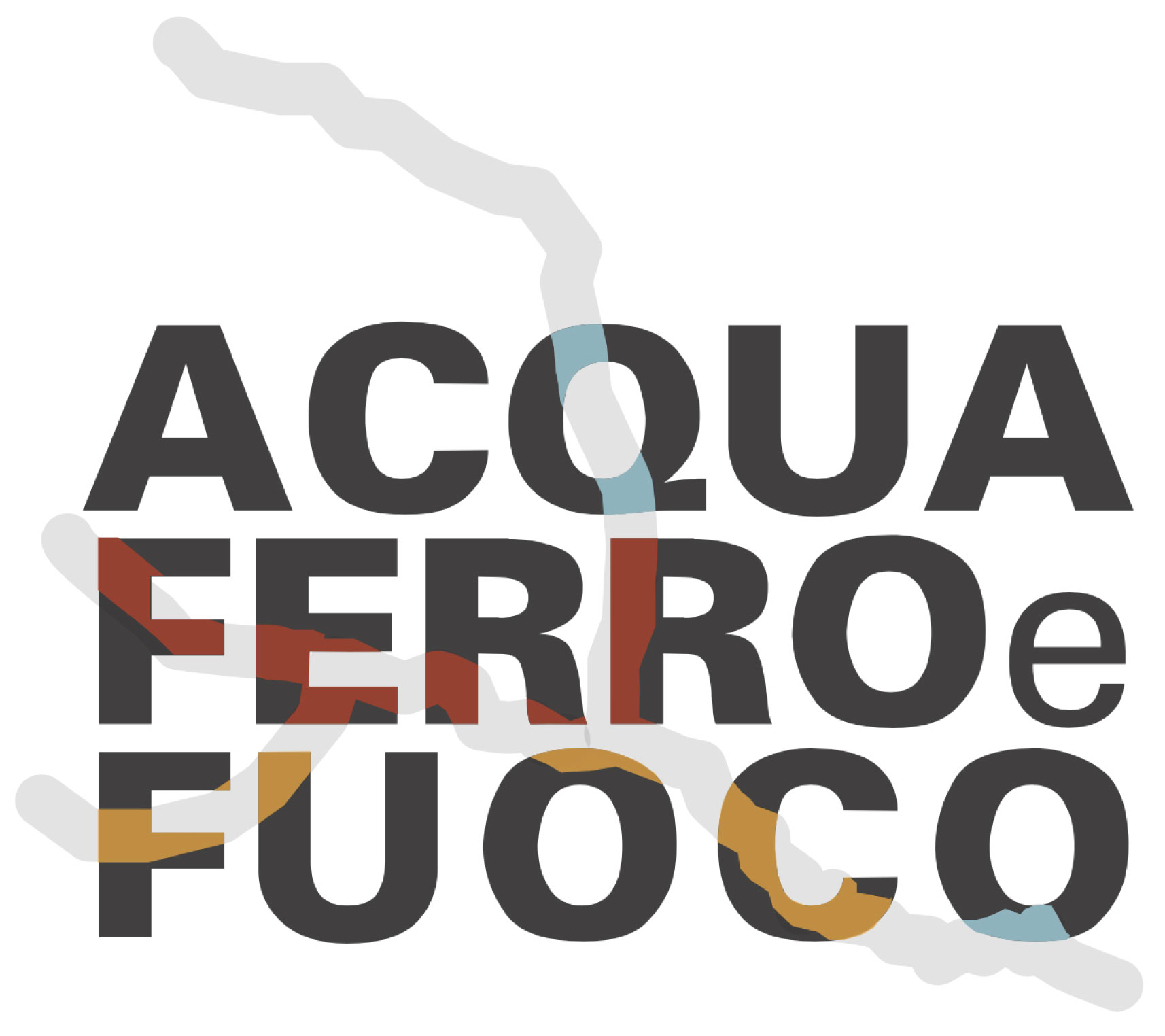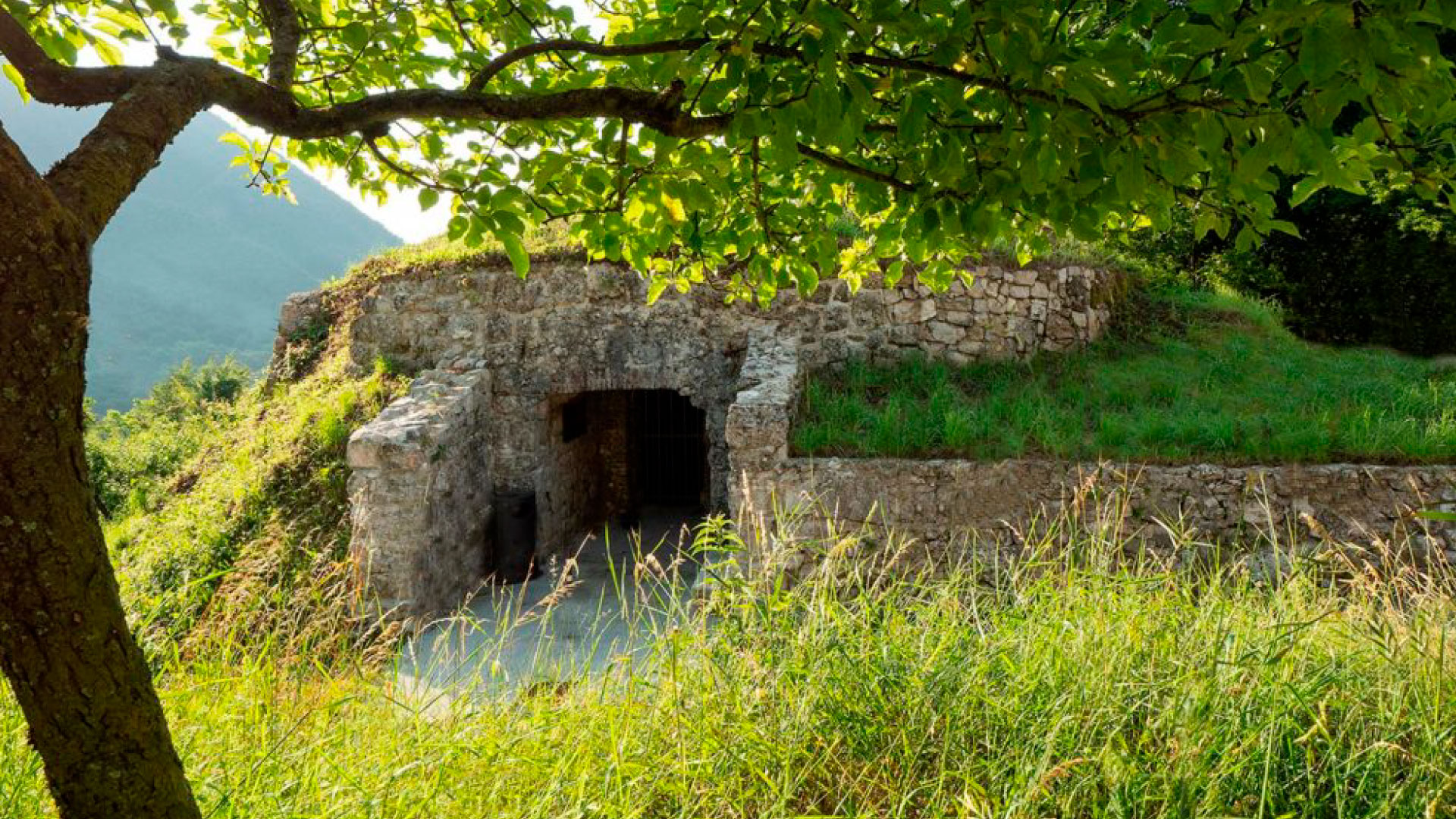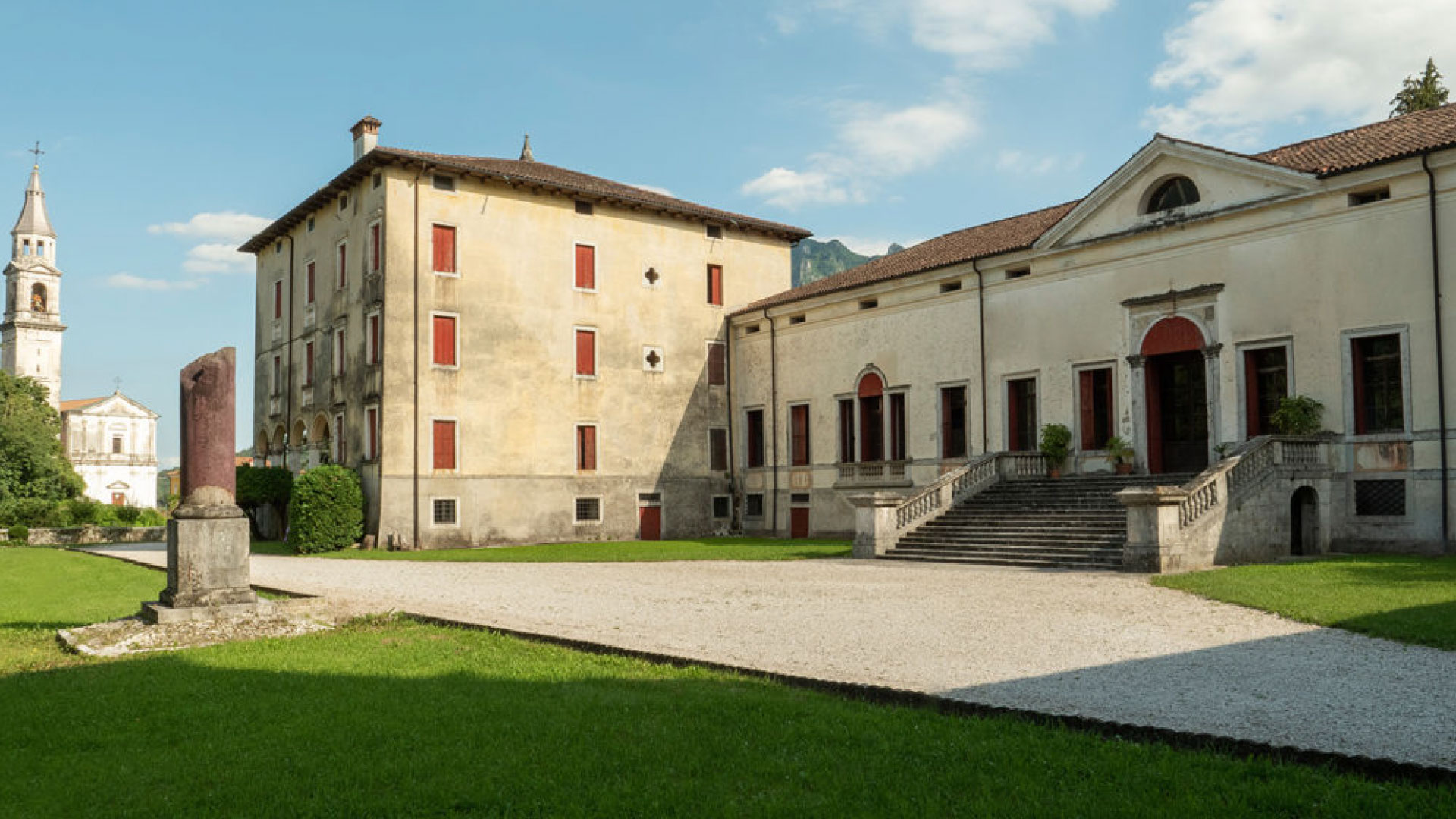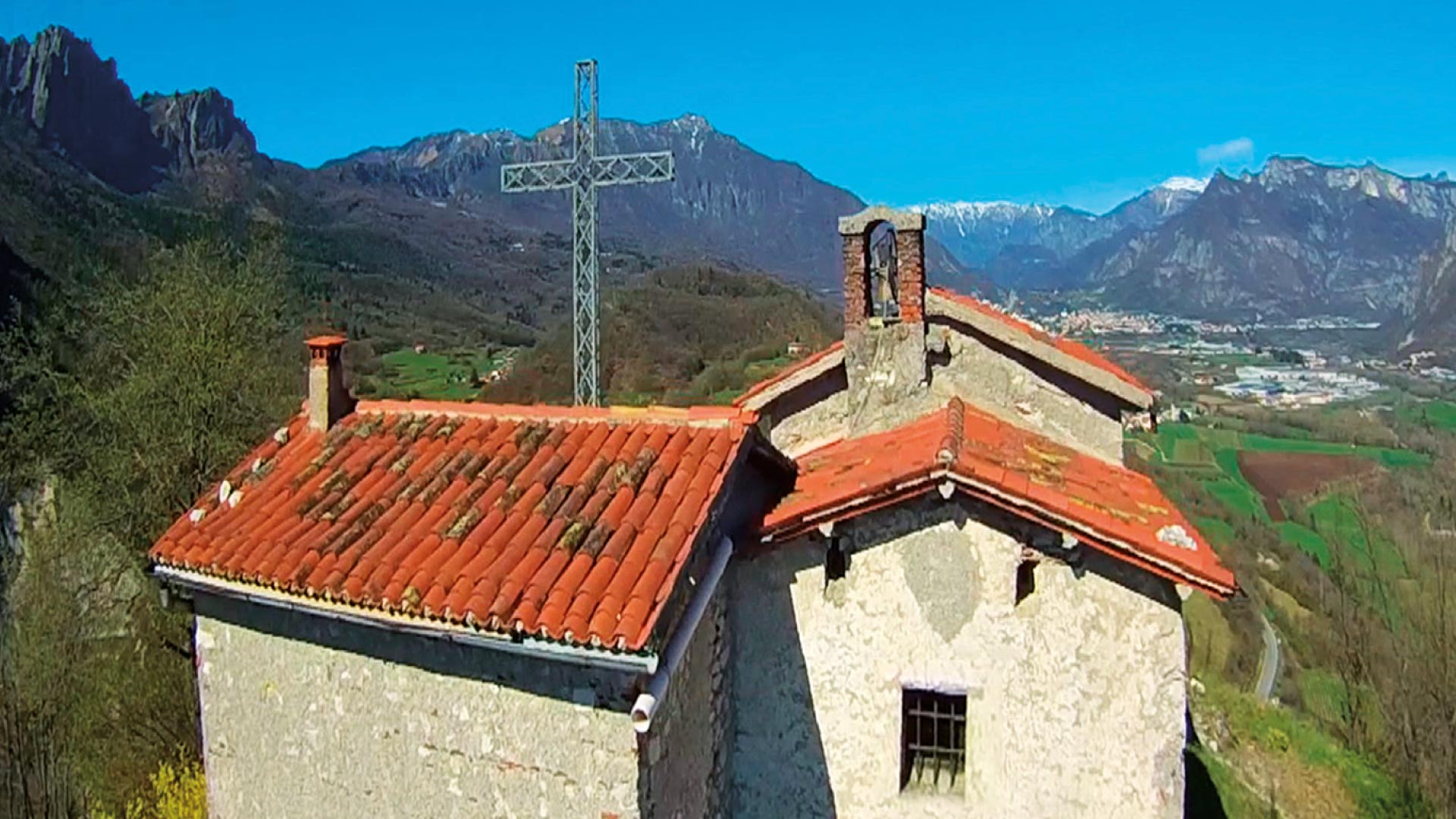Although Castello di Meda contains the word “castello”, or “castle”, there are no traces of fortifications on the hilltop. The site was definitely occupied in the Bronze Age to keep watch over the important transit route between the Trentino highlands and the upper Vicenza plain. It is most likely that the hill was first fortified in the Late Roman period (3rd-4th century AD). There are, however, much clearer traces from the Middle Ages, when the valleys were dotted with fortifications. A public act of 1202 establishing the borders of Arsiero states: “The Lords of Arsiero, of Cogollo and of Velo ruled that the Commune of Arsiero could exercise its rights within the aforementioned rivers and borders: (…) on the bed of the Astico as far as Campo Marzo, beneath Castro Mede [Castel Meda]”. [Castel Meda] …”. In 1223, Castello di Meda was elected the “penitential retreat” of Ezzelino II. Once he had divided his estate between his two sons, he settled in Meda, probably to watch over his family’s domains, as the stronghold was in a strategic position that afforded a formidable observation point over the entrance to Val d’Astico. Francesco Caldogno, Superintendent of the Venetian Republic and a military expert, also understood that for centuries Castello di Meda had been vital for monitoring the road that descended from Tyrol. It was, however, more a busy route for trade between Thiene and Rovereto than a pathway for an invading army. It was only during World War I that Castello di Meda, along with Poggio Curegno, became a strategic military outpost. A major construction site was based at the former, while the latter was a maze of trenches connecting armoured bunkers that protected artillery batteries and soldiers from enemy bombs as they defended the Italian front line. During the Austro-Hungarian offensive in spring 1916, artillery captain Antonio Trua was killed at Poggio Curegno as he carried out an act of heroism. He was posthumously awarded the Gold Medal for Military Valour.
Sources: research by Studio Avvi, historian Luigi Cortelletti, and Michele Busato.
Storie di Confine, Tarciso Bellò, La Serenissima, 2006.













